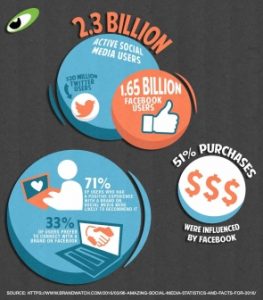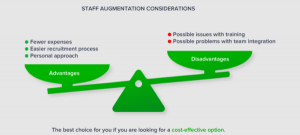
Let me start by saying “being in the C Suite” doesn’t even resonate with me. While it’s factual, it’s best not to believe that one is “in the C Suite.” That in itself is a recipe for disaster. And, I don’t even know that I would be able to cover everything that would need to be covered on this topic. Some of those would be pretty humorous. But for now, this came to mind.
C doesn’t stand for Chief as much as it does:
1. Challenge
And lots of it. I might even so far as to call this one “calamity” but therein lies the difference. Challenges only become a calamity when the disastrous outcome can no longer be avoided. There are many days were you will get bad news. Or you will get news about some potential pitfall to the business. You learn that while you take the challenge seriously, the likelihood that some bad thing comes to fruition is not that high.
We see our fair share of lawsuits and negative events, but very few, if any of them, have gotten to something that was end of the world threatening. You learn to take the appropriate actions, ask lots of questions, and realize that the world keeps turning.
Not long ago, we were notified that one of our clients had received a potential class action lawsuit, something that if we were dragged into, it could have been catastrophic. Instead of panicking, we worked with the client, engaged in significant due diligence, and helped our client get the case dismissed – over the course of 8 months.
Your job in the C suite is to solve problems (challenges). Period.
2. Constant Learning
Learning never stops. Just because you are now an executive, you don’t instantaneously know everything, especially if you are stepping into a role at a new company. You need to ask questions and learn from below you, beside you, and above you.
By learning more, you are better equipped to tackle the tasks you need to knock out to accomplish you goals.
Accept that you may NOT know the answer. Not only will you learn more and make better decisions, those around you will see you in a different and better light.
3. Communication
It’s our role to communicate with the company. That communication and its style can help someone be successful or not successful. It’s also crucial to be transparent in your communication.
We recently entered the Best Places to Work contest in Austin for the first time. Our employees were surveyed and we didn’t quite make it into the “recognized group” but were very close. Instead of hiding our heads in the sand, we looked at the results and formulated a plan that we communicated to the company. By showing them the results and telling them where we are headed, they can help hold us accountable and we create a much stronger company.
But it’s also important because with communication, you can continue to set the tone for the company. Your team – all of them – want to hear from you. No matter how busy you are, it’s important to share good news and bad news so people know what’s going on. If you don’t, someone else will, and depending on the rumor mill you could lose control of the message.
4. Culture
If you ask someone what “culture” within a company means, you are likely to get several different explanations. When I stepped into Invenio®, I remember being told that we had a culture. While that was somewhat true, it wasn’t near where it needed to be.
Culture is so much more than a buzzword; it’s an ethos with regard to how your people do what they need to do.
When we launched our journey to our new culture, we saw an opportunity to do so both internally and externally. Because of what we do, we have a heavy reliance on data, metrics, and our people. We also recognized that we needed to tell a better story of how we differentiated from our competitors. Many competitors said the same things we did: we hire better, we train better and we manage better, but none of it was backed up with objective proof.
So we launched a campaign, coupled with our People 1st Strategy, to create something different. Our people are different and they are the ones that catalyze sales for our clients. Additionally, we put significant effort into proving WHY we ARE different from our competitors.
All of this culminated in our Science of Sales™ approach and all that we do, internally and externally, validates our culture.
And beyond that, it’s important to build culture that doesn’t stand on one person. Culture means that your team will act a certain way because they know that’s what they are supposed to do. If you are the culture person and you leave and it dies, you didn’t create a culture. — you created a presence.
5. Create
You need to be creating things non-stop. And what you need to create will differ depending on the size of the company, the maturity of the business, and the current performance. Sometimes that might be creating processes or procedures creating value for shareholders, creating products and services to sell, creating revenue – Ok, you get the picture.
If you aren’t taking the time to create – to think – then you will not succeed. Walking into a C role with a mindset is dangerous and won’t allow you to create. Be proactive, think long-term, and then create things with an ability to make mistakes.
Think about how good money managers manage stocks. If you look at all the stocks one mutual fund buys, are they all making them money? No. But are they overall making money with a larger portion of the stocks in the portfolio? Yes. So learn to be need to be more right than wrong and learn from your mistakes to create the necessary change within your own company.
(162)
Report Post









